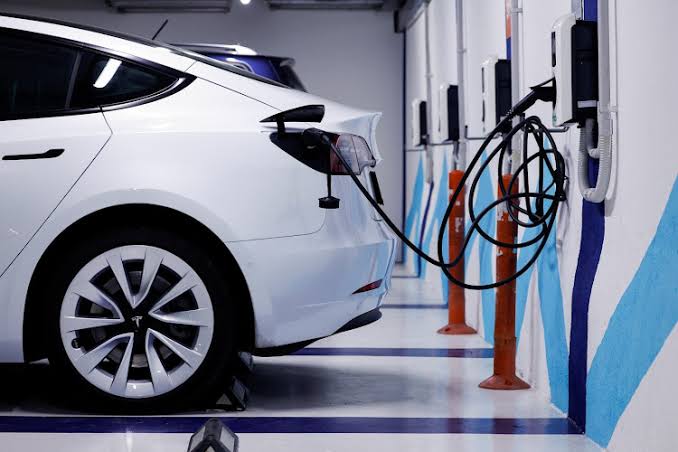According to the report by International Energy Agency (IEA), in 2025, global sales of e-vehicles will exceed 20 mln vehicles and will account for more than 25% of all the sales of new cars. The main growth drivers are government support measures, reducing the cost of batteries, model portfolio enhancement including more affordable options, as well as active development of charging infrastructure. The growing pressure on the manufacturers by the regulators in the sphere of greenhouse gases emissions also plays an important role.
China remains the leader of the global growth, over 14 mln e-vehicles are expected to be sold, which makes about 60% of all the new cars. The growth will be driven by affordability, far-reaching localization of production and government support in the form of programs for replacing old cars. In Europe, the share of e-vehicles in the sales of new cars will reach approximately 25%. Despite reduction of direct subsidies, new CO₂ emission standards will force the manufacturers to enhance their offer including models in the lower price segment.

The growth will be less noticeable in the US: given the current policy, the share of e-vehicles sales will reach 11%. The uncertainty in the sphere of future tax concessions affects the dynamics, however, the existing support measures continue to incentivize the consumers’ demand. In the emerging economies, especially in South-East Asia and Latin America, 50% growth is expected – up to 1 mln vehicles. This became possible thanks to the inflow of relatively cheap Chinese models and local support measures including tax and customs loosening.
The situation with prices remains very diverse from region to region. In China in 2024, two thirds of sold e-vehicles turned out to be cheaper than their analogues with internal combustion engines – even without accounting for subsidies. In Europe, on the contrary, the average price of an e-vehicle remains 20–50% higher than the prices of gasoline-fueled cars. Similar situation is observed in the US: the average price of e-vehicles is 30% higher than the prices of cars with internal combustion engines, and the number of available e-vehicles remains limited. In some emerging economies, such as Brazil, Indonesia, Mexico and Thailand, supplies from China helped to reduce the price gap dramatically, and in some segments it practically disappeared. At the same time, steady reduction of the batteries’ costs is observed: in 2024, the average global prices of battery units decreased by more than 25% as a result of cheaper feedstock, growing competition and production scale-up. In China the price reduction was 30%, in Europe and the USA – between 10 and 15%.
Against the background of the overall market growth the relative role of direct government support is reduced. In 2024, subsidies made less than 7% of the cumulative costs of purchasing e-vehicles, while as in 2017 their share exceeded 20%.
As per IEA estimates, the share of e-vehicles in global sales will exceed 40% by 2030. China will keep the leading positions achieving circa 80% share thanks to high domestic competition, affordable prices and well-developed eco-system of charging infrastructure. In Europe this share will make approximately 60% due to continuing implementation of the climate-related goals and the established quotas for emissions. In the US the growth will continue to be more moderate: subject to preserving the current policy, the share of e-vehicles will make about 20%. In the countries of South-East Asia every fourth one of the new cars will be electrically-driven, and the share in two-wheel and three-wheel vehicles will reach one third.
Electrification of transport will allow for reducing the global oil consumption by over 5 mln bpd by 2030, and 50% of this effect will be achieved on account of China.
Source: Global Energy Association








